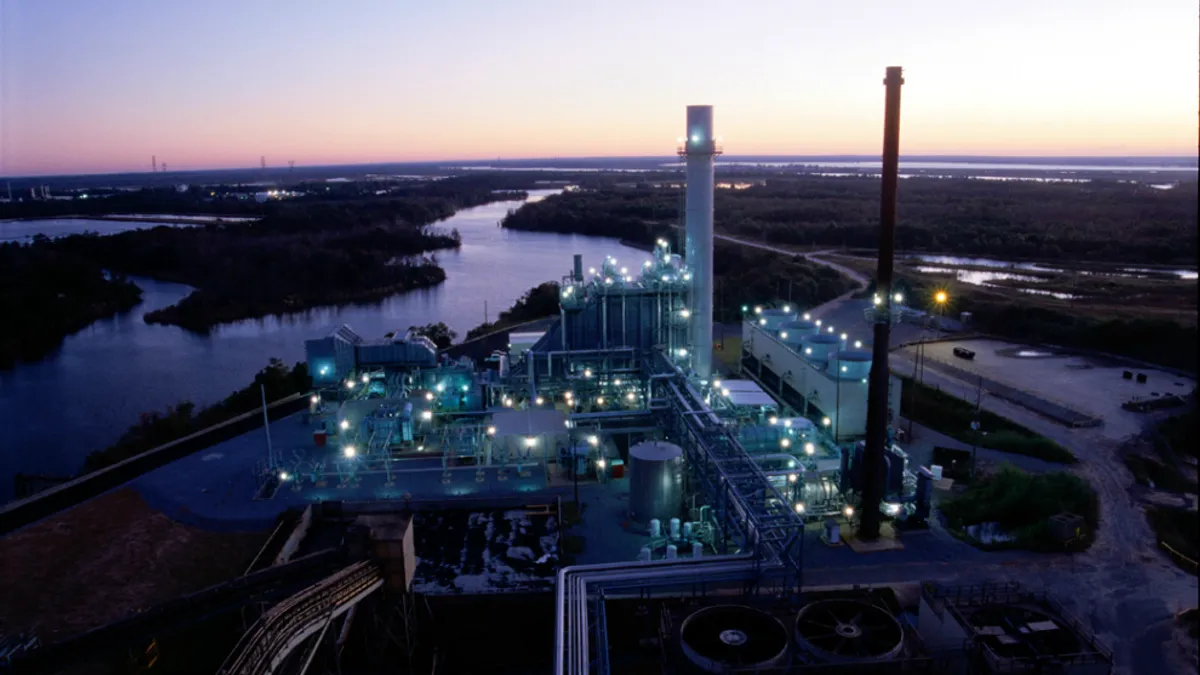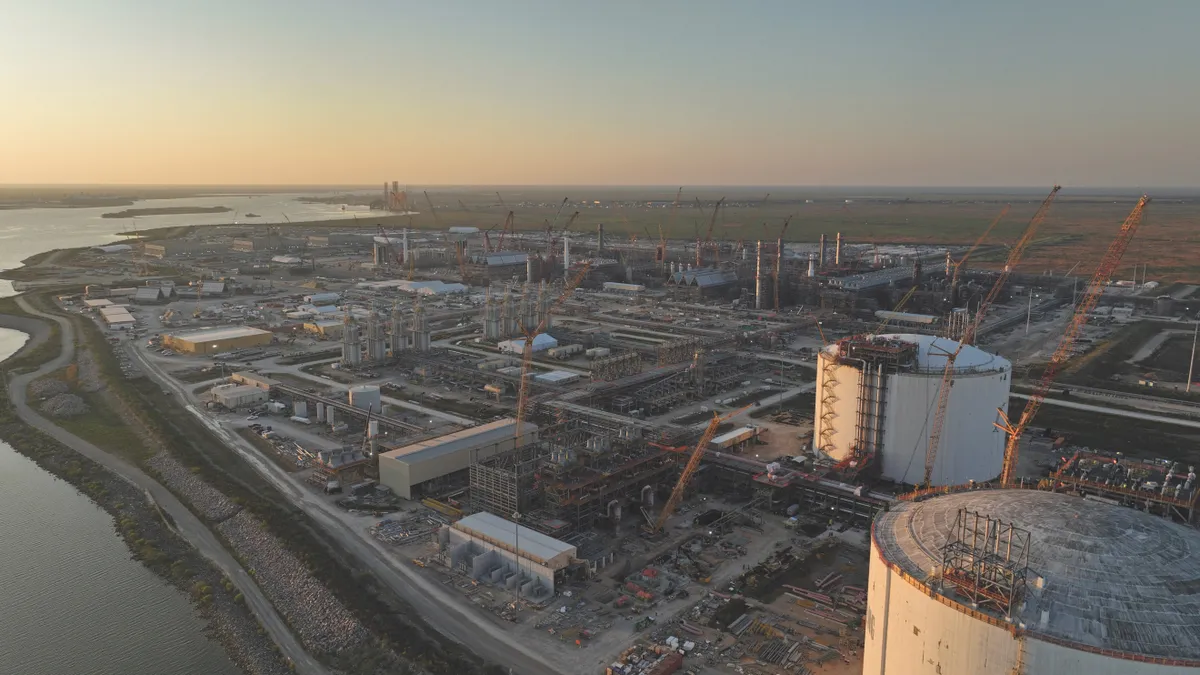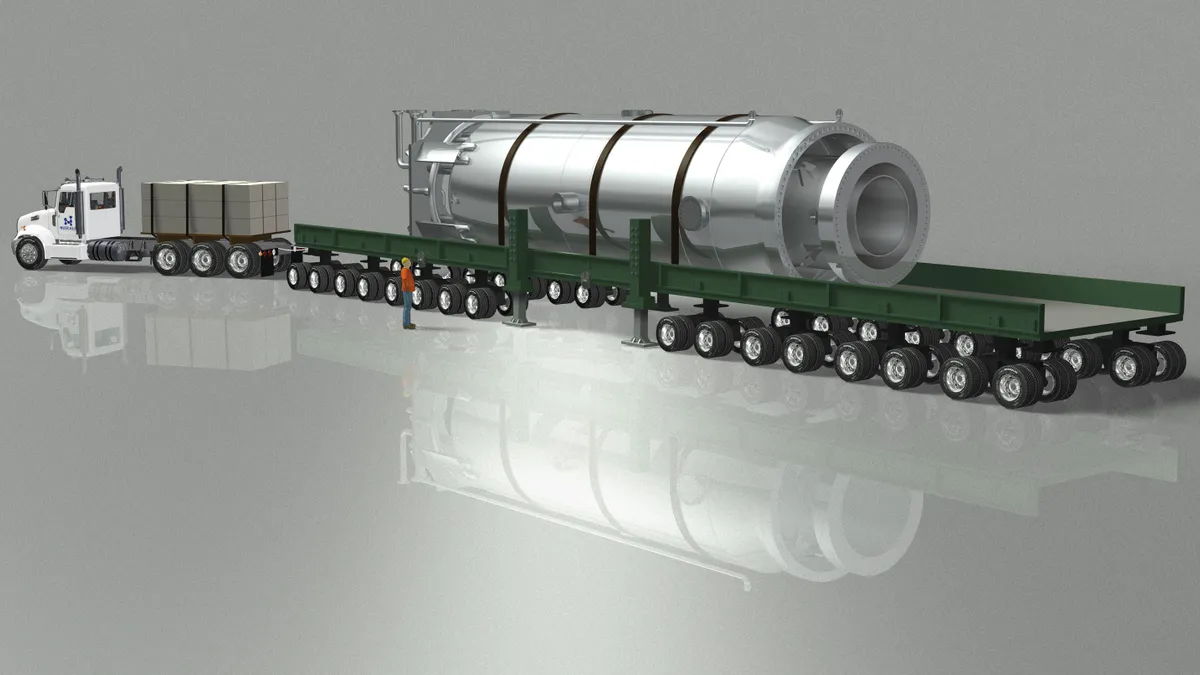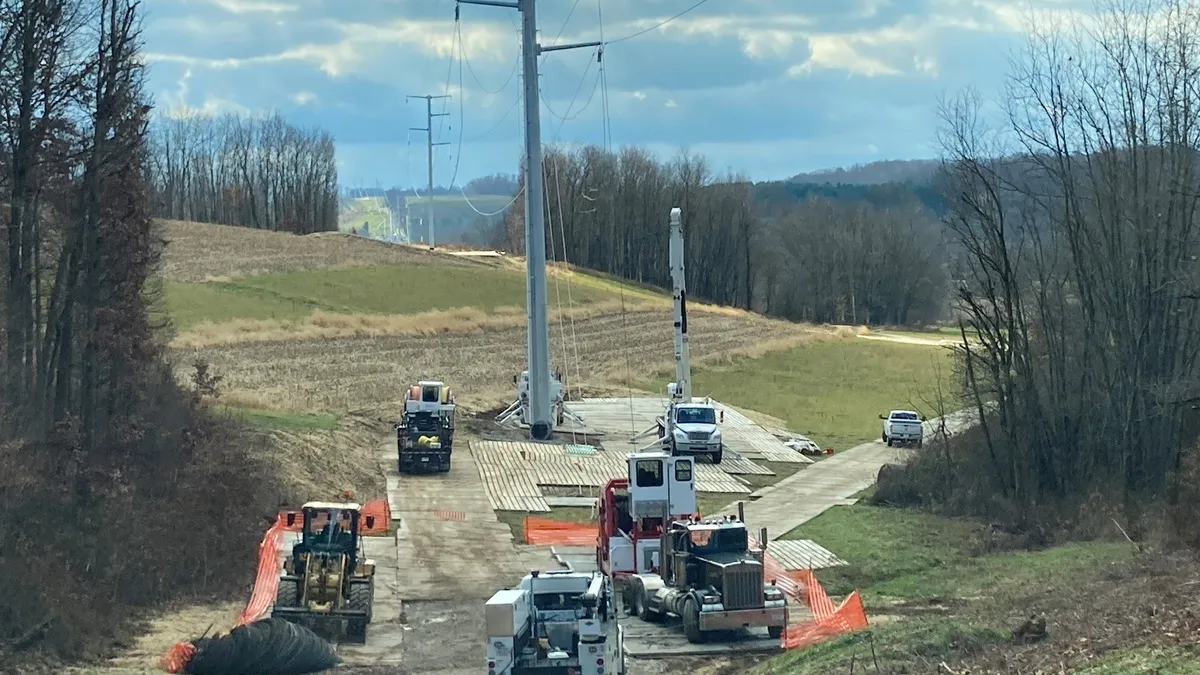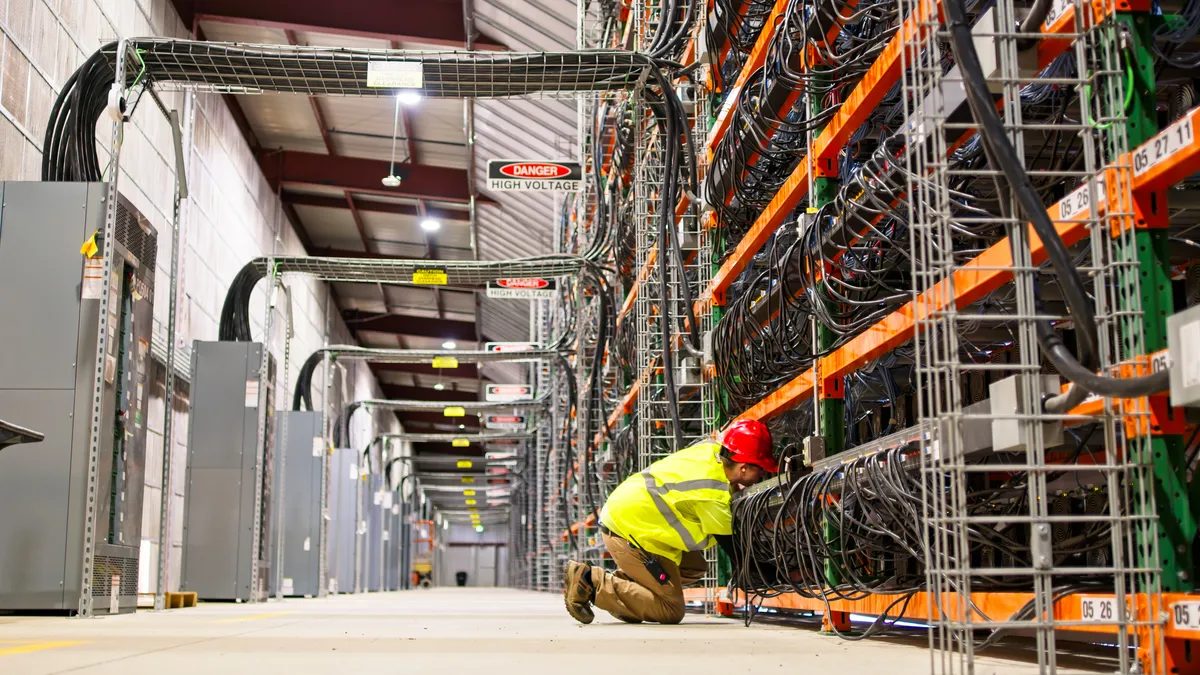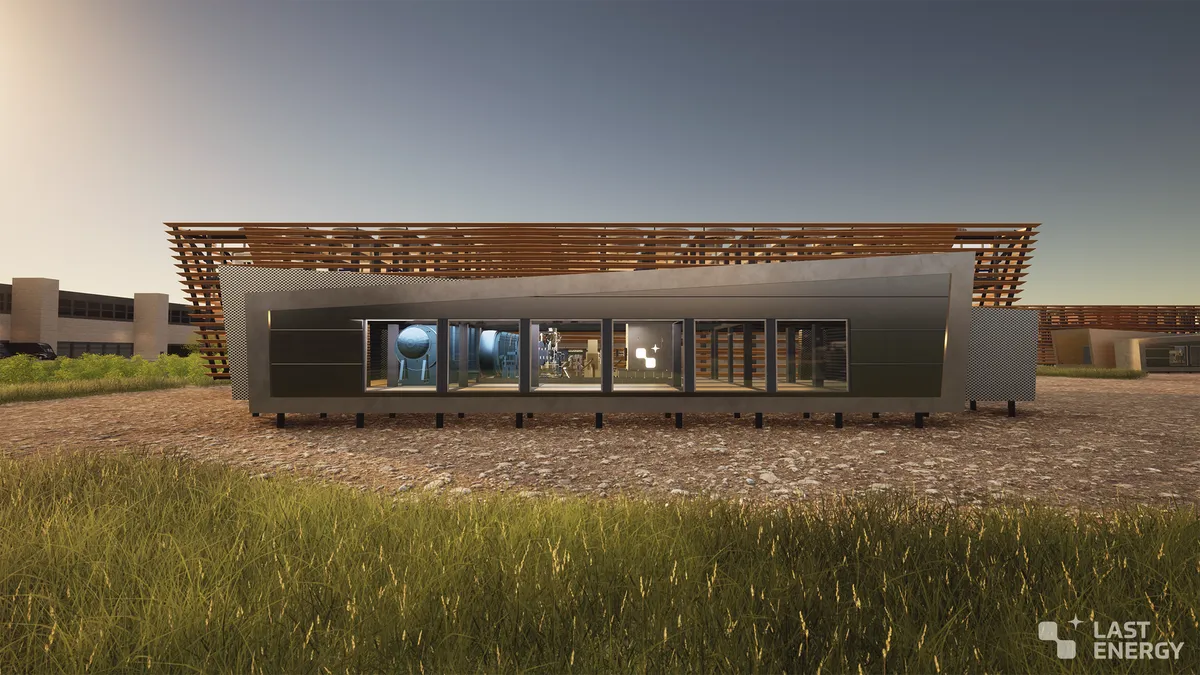Natural gas has been called a "bridge fuel" for years — a fossil fuel that would gently transition the U.S. power sector to a clean energy future. The Union of Concerned Scientists (UCS) claims the fuel's role is set to grow in the coming years, and it could result in many states becoming overreliant on natural gas.
Absent any new regulations, the Union of Concerned Scientists said total natural gas use is projected to increase by almost 18% between 2013 and 2040, with almost half of that coming from the power sector. In many states, virtually all of new capacity coming online by 2017 is fueled by natural gas, leaving the potential for rising power prices linked to commodities, stranded costs if the facilities are idled, and emissions. Solar, wind, nuclear and efficiency have none.
According to a report UCS released in October, many states are at risk of “overreliance” on natural gas in several categories, including gas' share of overall capacity, projected gas capacity, percentage increases in generation, and emissions.
UCS ranked one state, Florida, as a “high risk” in all of those categories and one more, natural gas capacity as a share of plants being built by 2017. In the Sunshine State, some 89% of new generation will be gas-fired, though it is currently served by only two pipelines. Wyoming and Delaware are both at 100% in that category, according to the report. Massachusetts will have 6,700 MW of gas capacity by 2017, and more than 70% of new capacity will be gas.
UCS said it fears significant additions of natural gas capacity may lock states in to investments in power plants and pipelines, “whose costs and losses when idled, underused, or abandoned may be passed through to customers.”
“Natural gas has a potential role to play in lowering electricity costs, reducing carbon pollution, and helping us move away from coal,” said John Rogers, senior energy analyst at UCS and report co-author. “But too much natural gas is going to be problematic. So the solution is more clean energy and finding an appropriate role for natural gas.
“And what I mean by appropriate, is finding a role that makes our path to a low carbon future easier, not harder.”
Utilities moving directly into gas
But here's the thing: Gas is really cheap. It's knocking out coal plants and making nuclear uncompetitive in some spots. It's attracting utility investments that will remain in place decades. And in an era of flat load growth, acquiring gas distribution companies can look like stable revenues. Direct investment in natural gas is growing, alonside potentially-problematic increases in gas generation in some states.
The U.S. Energy Information Administration last month in its Short Term Energy Outlook noted that Henry Hub gas prices – the liquid trading point in Louisiana often used as a benchmark – in 2014 traded around $4.50/thousand cubic feet (Mcf). Last year it was about $2.70/Mcf, and the agency expects about the same price this year.
Next year, however, prices are expected to rise above $3.30/Mcf. And total consumption is heading north as well, EIA said: The agency predicts gas consumption of 76.6 billion cubic feet/day (Bcf/d) in 2016 and 77.2 Bcf/d in 2017, compared with 75.5 Bcf/d in 2015.
Florida Power & Light responded by getting authorization in 2013 from state regulators to invest directly in Oklahoma gas fields, but the deal so far has cost consumers millions, with the $191 million deal reporting a $5.8 million loss in 2015 due to lower production and gas prices. The utility said it still expects some $50 million in lower rates, however, and fuel charges last year were some of the lowest in a decade.
“We operate one of the cleanest systems in the country, and our customer bills are 30 percent lower than the national average,” said spokesperson Sarah Gatewood.
Dominion Resources announced this week it planned to purchase gas distributor Questar Corp. for $4.4 billion in an all-cash deal. The acquisition would expand Dominion's customer base to 2.5 million electric and 2.3 million gas customers in seven states.
Just last month two National Grid utilities asked Massachusetts regulators to approve 20-year contracts for gas capacity on pipelines being developed in the state. The companies say the net present value of customer benefits from the Northeast Energy Direct and Access Northeast pipelines amounts to nearly $11 billion.
National Grid spokeswoman Mary-Leah Assad said the two pipeline solution “provides regional benefits that are 2.5 times greater than the costs that the region’s electric customers will pay – bringing an anticipated average yearly net savings of $1.2 billion.”
Bridge over troubled power mix
When thinking about investment decisions in generation today, the industry is starting to look ahead toward the possibility of making deeper cuts in carbon emissions beyond what existing regulations, like the Clean Power Plan, require.
UCS's Rogers said the goal should be for the United States' power grid to find the best use for the plants it now has, perhaps via power transmission investment which can also be used to link regions, integrate other sources and make the system more flexible and efficienct.
“A big concern is committing to more natural gas infrastructure, and then figuring out 15 or 20 years down the road that we've got a lot more than we want or need and are on the hook to pay for it,” he said.
National Grid doesn't have a set target for gas generation, but Assad said the fuel is helping to "displace higher-polluting fuels such as oil and coal in electricity generation. Carbon emissions have declined from 1990 levels by 52% in New York and 35% in New England, primarily due to a shift in generation from coal and oil to natural gas."
FPL's Gatewood said the utility is "investing in clean, U.S.-produced natural gas, zero-emissions nuclear and solar energy, and we’re already cleaner today than the goal the EPA’s Clean Power Plan has set for Florida to reach by 2030."
But some of those decisions are problematic to Rogers. "Another concern is, investments focused on natural gas will crowd out clean energy," he said. "We want is to be investing in ways that give us enough flexibility so natural gas can compliment wind and solar and other resources, not stand in their way."
But it is not clear if the choice is either-or.
FPL is working on three new large-scale solar energy centers it says will triple the utility's current solar capacity. The utility also began a new rate case last month, and pledged to continue its "long-term investments to reduce costs and improve our efficiency."
Massachusetts regulators in January approved National Grid's efficiency plans through 2018, which call for investing nearly $850 million in electric energy efficiency and more than $382 million in natural gas efficiency. The utility said it expects the programs to save consumers $3.6 billion.
Assad said the utility is striving for a "balanced portfolio, including natural gas expansion, large scale renewables and hydro transmission, and energy efficiency."
Overall, Rogers urged utilities to fully utilize renewable energy and efficiency and not over-commit to natural gas.
“We see tremendous capacity in renewables and efficiency,” Rogers said. “What's important is for states not to come at this thinking natural gas is how they're going to comply with the Clean Power Plan. The key is going to be avoiding overcommiting to investments in natural gas that increase risks.”



